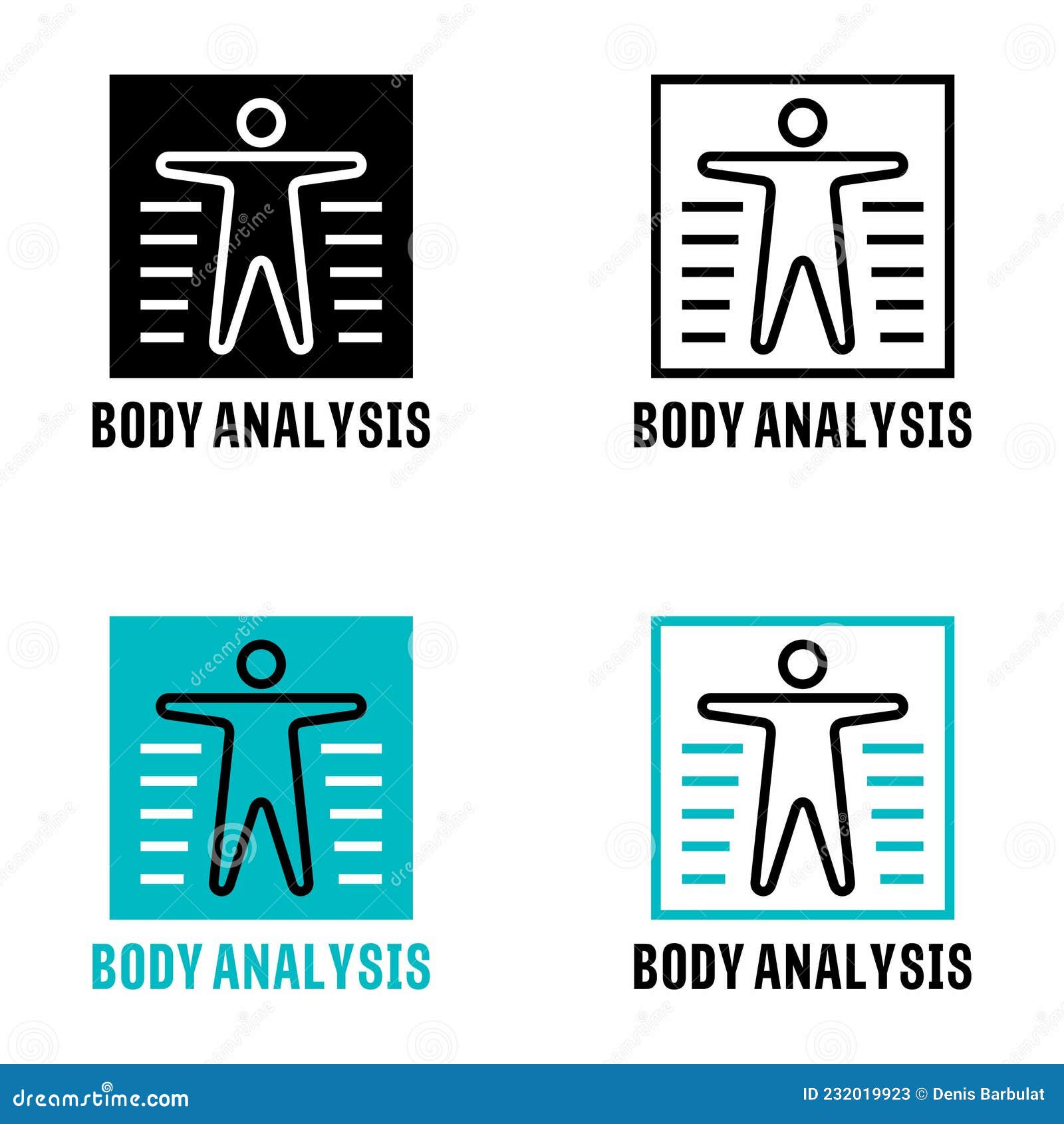Have you ever wondered what your physical features reveal about your personality? The study of body reading seeks to explain how our physical traits and gestures reflect deeper psychological patterns.
This article will show you how the body explains not only physical tendencies but also emotional triggers.
Let’s dive into the art of body analysis, starting with its core benefits.
The Importance of Body Analysis
Character traits body analysis gives you an unspoken dimension of communication, helping in team dynamics.
Many professionals use behavioral body reading to improve team management. Therapists may observe body posture to detect psychosomatic patterns.
Learning the science of body reading also enhances observation skills. By noticing subtle cues, you become more sensitive to others’ needs and emotions.

Types of Body Analysis
Another approach looks at limb lengths, connecting physical characteristics with psychological tendencies.
Behavioral body analysis also includes nonverbal cues, which can reveal momentary emotions even when someone tries to hide their feelings.
Learning diverse approaches also helps you avoid bias by relying on multiple signals instead of a single interpretation.

How to Apply Body Analysis
These small signals may indicate lack of trust, offering clues beyond their spoken words.
In professional settings, character reading helps build rapport and improve communication. Sales professionals may observe a client’s leaning forward to gauge interest or resistance.
Practicing behavioral body analysis also helps in personal relationships. By paying attention to loved ones’ posture shifts, you may notice stress or emotional needs earlier.
Misconceptions in Body Analysis
A frequent misconception about behavioral body reading is that it’s a fixed system for knowing what someone feels or thinks. In reality, physical cues must be interpreted within context.
Another myth is that character traits body analysis can fully define a person’s personality just by looking at them. While physical traits may correlate with tendencies, they don’t determine every behavior or choice.
Parents use body analysis to understand children’s unspoken feelings. Teachers notice students’ posture shifts to catch disengagement.
How the “Body Explains” Model Works
It’s used by coaches to help people understand why they react certain ways and how to unlock hidden emotional blocks.
In “the body explains” practice, professionals observe specific zones and map them to psychological traits.
Clients working with “the body explains” methods often experience breakthroughs as they connect posture habits with emotions.
Ethical Considerations in Body Analysis
Practicing body analysis ethically means respecting privacy and avoiding snap judgments. Observing someone’s body language or traits doesn’t give license to label them without consent or dialogue.
Another ethical guideline is to contextualize observations. A behavior or posture in one culture may mean something very different elsewhere.
When sharing insights from behavioral observation, it’s crucial to invite dialogue rather than declare facts.
Building Competence in Behavioral Body Reading
Keep a journal to record patterns you observe, linking them to possible emotions or attitudes.
Practicing with peers or mentors can offer feedback to avoid overinterpretation or assumption.
As you develop behavioral body reading skills, aim to balance observation and empathy.

Final Thoughts on Body Analysis
In conclusion, character traits body reading offers powerful insights for anyone seeking to understand people better.
The journey doesn’t end here: continued practice, reflection, and ethical use deepen your competence over time.
Body analysis is not about instant answers but lifelong learning.
Common Questions About Body Reading
What is body analysis?
Body analysis is the practice of observing physical traits, posture, gestures, and movements to gain insights into personality, emotions, and behavioral patterns.
Is body analysis difficult to learn?
Yes, anyone can learn body reading with practice and guidance.
Is body analysis 100% accurate?
It provides clues and patterns but must be contextualized and combined with dialogue.
Can body reading help in business?
It helps professionals build rapport, detect unspoken needs, and adjust communication strategies.
What’s the difference between body analysis and body language reading?
Think of body analysis as a broader umbrella, with body language reading as one component of it.
análise corporal o corpo explica informacoes a mais
 Tony Danza Then & Now!
Tony Danza Then & Now! Marla Sokoloff Then & Now!
Marla Sokoloff Then & Now! Freddie Prinze Jr. Then & Now!
Freddie Prinze Jr. Then & Now! Kelly Le Brock Then & Now!
Kelly Le Brock Then & Now! Bill Murray Then & Now!
Bill Murray Then & Now!